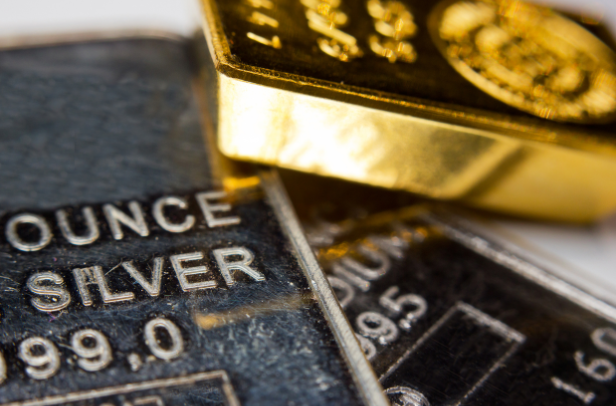
Precious metals, such as gold, silver, platinum, and palladium, have been valued for centuries as stores of wealth and symbols of financial stability.
Today, investors turn to precious metals as a hedge against inflation, economic uncertainty, and market volatility.
While they don’t generate income like stocks or bonds, these metals provide unique benefits that can add balance and security to an investment portfolio.
This guide will explore the pros and cons of investing in precious metals, the various ways to get started, and tips for building a well-rounded portfolio that includes these valuable assets.
Why Invest in Precious Metals?
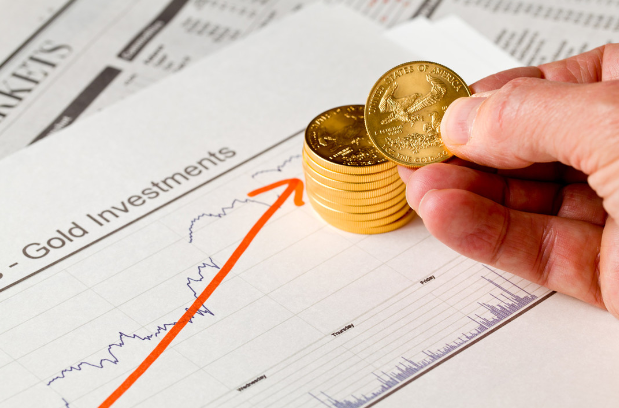
Precious metals are known for their ability to maintain value over time.
Unlike paper currency, which can lose purchasing power during inflation, precious metals tend to hold their worth even when economic conditions are uncertain.
Here are some reasons why investors include precious metals in their portfolios:
- Hedge Against Inflation: Precious metals, particularly gold, have historically held their value during periods of high inflation, providing a way to preserve purchasing power.
- Diversification: Adding precious metals to your portfolio helps reduce risk by balancing the volatility of stocks, bonds, and other assets.
- Safe Haven Asset: In times of economic or geopolitical uncertainty, investors flock to precious metals as a “safe haven” due to their perceived stability.
- Intrinsic Value: Precious metals have intrinsic value due to their rarity and utility in various industries, such as jewelry, technology, and manufacturing.
Pros of Investing in Precious Metals
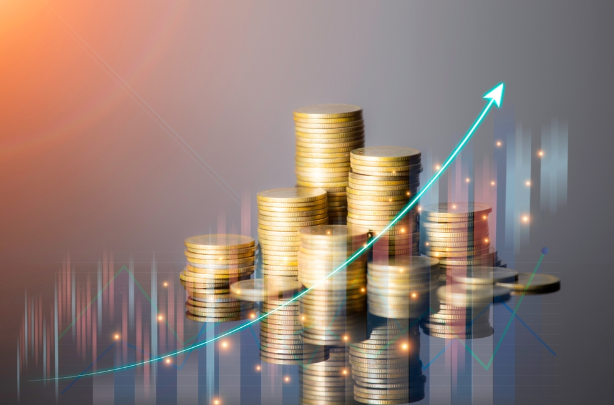
There are several advantages to including precious metals in your investment portfolio:
1. Stability and Security
Precious metals are often viewed as a safe, stable investment. They retain value over time and are less vulnerable to market downturns than stocks or real estate, making them a secure store of value.
2. Inflation Hedge
When inflation erodes the value of currency, precious metals usually appreciate, helping investors maintain their purchasing power. This quality makes metals, especially gold, popular during periods of rising inflation.
3. Portfolio Diversification
Precious metals offer a diversification benefit, as they are typically uncorrelated or even negatively correlated with traditional assets like stocks and bonds. This helps reduce overall portfolio volatility, especially during economic downturns.
To learn more about more assets, check out this blog!
4. Liquidity
Precious metals are highly liquid, meaning they can be easily bought or sold in the global market. Investors can quickly access cash when needed, even in times of economic instability.
5. Tangible Asset
Unlike stocks or digital assets, precious metals are tangible, meaning you can physically hold them. This quality appeals to investors seeking assets outside the financial system and those who want to retain control of their wealth.
Cons of Investing in Precious Metals
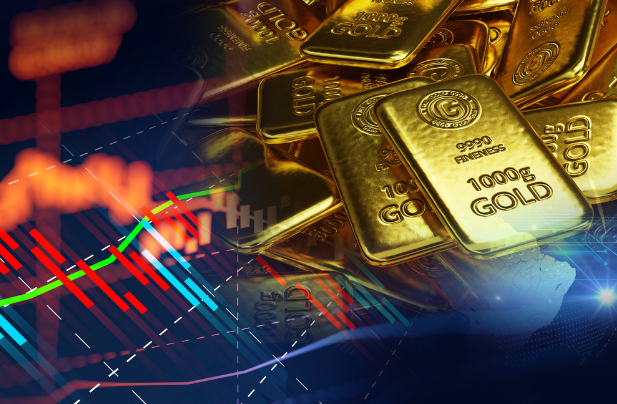
While precious metals offer valuable benefits, there are some drawbacks to consider:
1. No Income Generation
Precious metals do not generate passive income like stocks (dividends) or bonds (interest payments). This can make them less attractive to investors seeking cash flow from their assets.
2. Price Volatility
While precious metals are seen as a safe haven, they can be volatile in the short term. Prices fluctuate based on factors such as global demand, currency values, and market speculation, which can impact the value of your investment.
3. Storage and Insurance Costs
If you choose to invest in physical metals, you’ll need a secure storage solution, which often comes with additional costs for security and insurance. This expense can eat into your returns.
4. Limited Industrial Use (for Gold)
While silver, platinum, and palladium have industrial applications, gold is primarily used for investment and jewelry. This limited demand may impact gold prices differently than metals with broader industrial uses.
5. Potential Tax Implications
Precious metals are often considered “collectibles” for tax purposes, which can result in higher capital gains tax rates. Consult a tax advisor to understand the implications of investing in physical metals.
How to Get Started with Precious Metals Investing
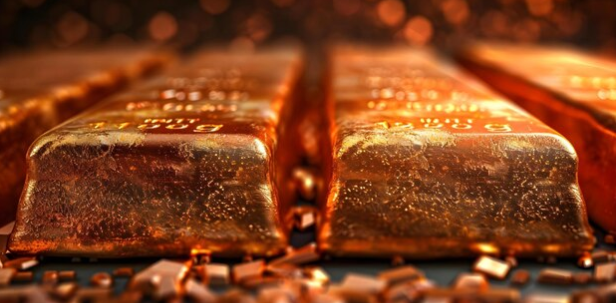
There are several ways to invest in precious metals, depending on your preferences, risk tolerance, and desired level of involvement. Here are the main options:
1. Physical Metals (Bullion and Coins)
Investing in physical metals, like bullion and coins, is one of the most traditional ways to own precious metals. You can buy gold, silver, platinum, and palladium in various forms, including bars, rounds, and coins.
- Pros: Complete ownership and control, tangible asset, and privacy.
- Cons: Requires secure storage, insurance costs, and potentially high premiums over spot prices.
Action Step: Purchase bullion or coins from reputable dealers. Consider a secure storage option, such as a safe or vault, to protect your investment.
2. Precious Metals ETFs and Mutual Funds
Exchange-traded funds (ETFs) and mutual funds allow you to invest in precious metals without holding the physical asset. These funds typically track the price of the underlying metal or hold shares of companies involved in precious metal mining.
- Pros: Easy to buy and sell, no need for storage, and lower fees.
- Cons: Lack of physical ownership, management fees, and potential correlation with stock market trends.
Action Step: Look for well-known ETFs like the SPDR Gold Trust (GLD) or the iShares Silver Trust (SLV) for exposure to precious metals.
3. Precious Metal Mining Stocks
Another way to gain exposure to precious metals is by investing in mining companies. These stocks represent companies involved in the extraction and production of metals, such as gold or silver mining firms.
- Pros: Potential for high returns and dividends, exposure to industry growth.
- Cons: More volatile than physical metals, subject to company-specific risks (e.g., operational issues, regulatory risks).
Action Step: Research established mining companies or mining ETFs, which provide a diversified basket of mining stocks.
4. Precious Metals Futures and Options
For more advanced investors, futures and options allow you to speculate on the future prices of metals. Futures contracts obligate you to buy or sell a certain amount of metal at a predetermined price, while options give you the right (but not the obligation) to buy or sell.
- Pros: Potential for high leverage and large profits, flexibility in trading strategies.
- Cons: High risk, complex, potential for significant losses, requires a margin account.
Action Step: Only consider futures and options if you have experience with derivative trading. Consult with a financial advisor to understand the risks.
5. Precious Metal IRAs
For investors interested in including precious metals in their retirement portfolio, a precious metals IRA offers tax-advantaged investing. These self-directed IRAs allow you to hold physical metals in a retirement account.
- Pros: Tax benefits, long-term growth potential, diversification within retirement portfolio.
- Cons: High fees, complex regulations, limited selection of approved metals.
Action Step: Open a precious metals IRA with a reputable provider and ensure that you understand the IRS requirements for these accounts.
Tips for Investing in Precious Metals
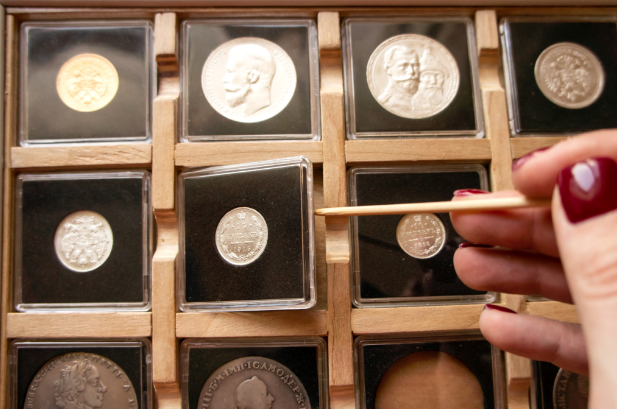
To make the most of your precious metal investments, consider these strategies:
1. Diversify Your Precious Metal Holdings
Diversify within the precious metals category by investing in a mix of gold, silver, platinum, and palladium. Each metal has different market drivers and can help spread risk within your precious metals allocation.
2. Allocate a Reasonable Percentage of Your Portfolio
While precious metals can provide stability, they should represent a balanced portion of your overall portfolio.
Many experts recommend allocating around 5-10% of your portfolio to precious metals, but this will vary depending on your risk tolerance and goals.
3. Monitor Market Conditions
Precious metal prices can fluctuate based on factors like inflation, interest rates, and geopolitical events. Stay informed about economic trends and adjust your holdings if necessary to align with market conditions.
4. Consider Cost and Storage Options for Physical Metals
If you’re investing in physical metals, consider your storage options carefully. Use reputable dealers and secure vault storage or insured bank deposit boxes if you’re not storing metals at home.
Is Precious Metals Investing Right for You?
Precious metals can be a valuable addition to your portfolio, offering protection against inflation, economic downturns, and stock market volatility.
Whether you choose to invest in physical metals, ETFs, mining stocks, or futures, it’s essential to understand both the benefits and drawbacks.
Looking to Diversify with Precious Metals?
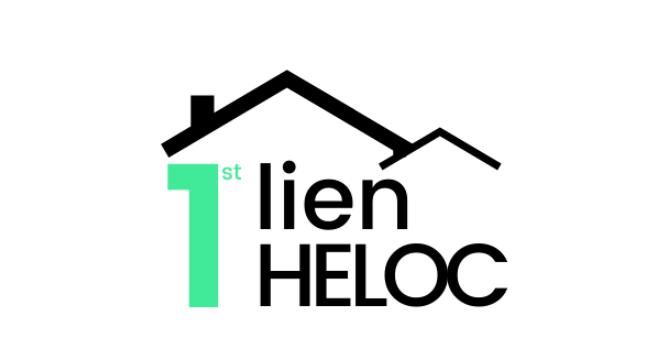
Consider using a First Lien HELOC to access funds for investing in precious metals and other assets.
Try our First Lien HELOC calculator today to see how much equity you can unlock to enhance your investment strategy.

